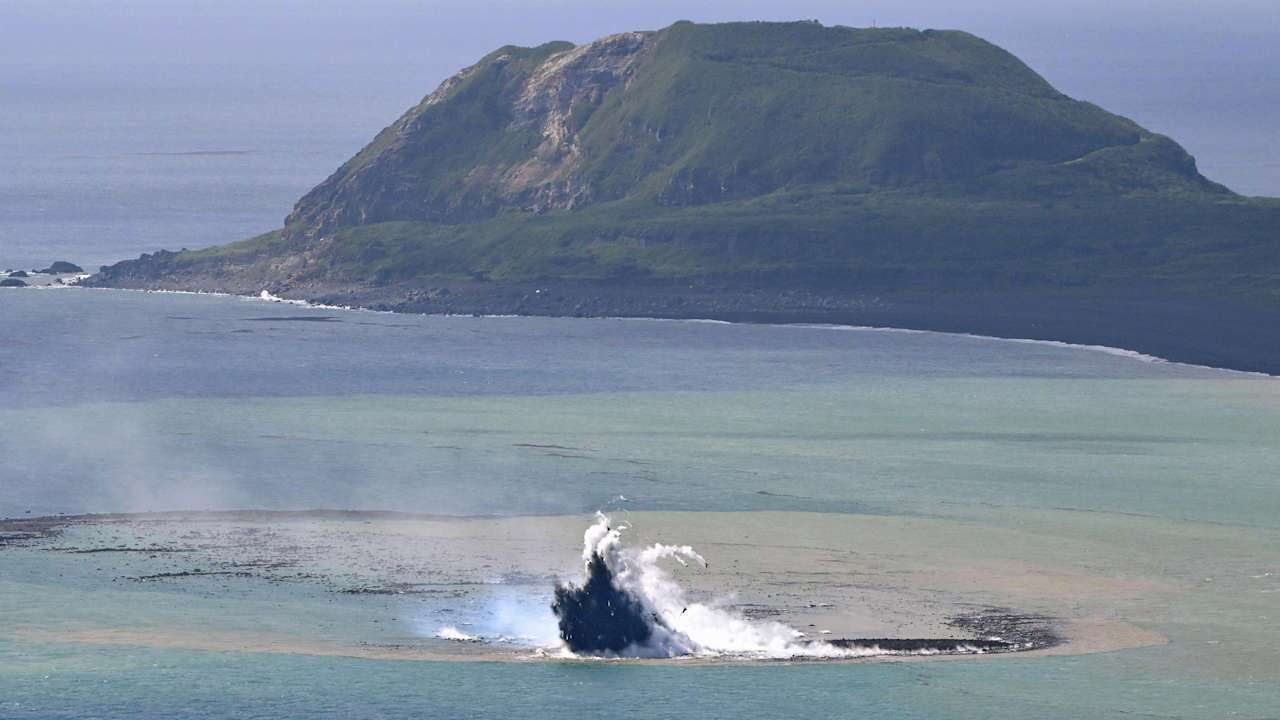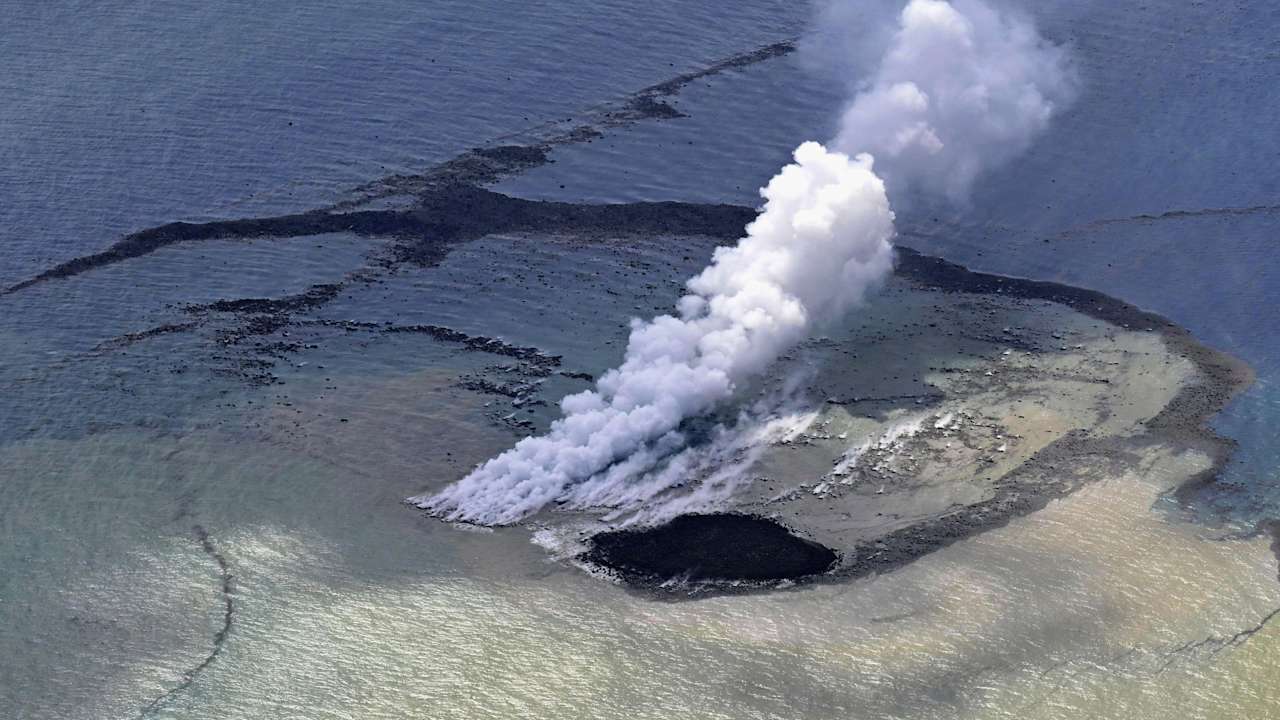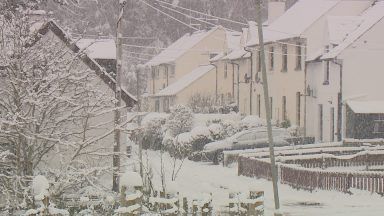The eruption of an undersea volcano off the coast of Japan has provided a rare view of the birth of a tiny new island – though experts say it may not last long.
The unnamed undersea volcano, located about half a mile off the southern coast of Iwo Jima, which Japan calls Ioto, started its latest series of eruptions on October 21.
Within ten days, volcanic ash and rocks piled up on the shallow seabed, its tip rising above the sea surface.
By early November, it became a new island about 100 metres in diameter and as high as 20 metres above the sea, according to Yuji Usui, an analyst in the Japan Meteorological Agency’s volcanic division.

Volcanic activity has increased near Iwo Jima and similar undersea eruptions have occurred in recent years, but the formation of a new island is a significant development, Mr Usui said.
Volcanic activity at the site has since subsided, and the newly formed island has somewhat shrunk because its “crumbly” formation is easily washed away by waves, he added.
He said experts are still analysing the development, including details of the deposits.
The new island could survive longer if it is made of lava or something more durable than volcanic rocks such as pumice.
“We just have to see the development,” he said. “But the island may not last very long.”
About one-tenth of active volcanos around the world are in Japan which sits on the Pacific “ring of fire.”
In 2013, an eruption at Nishinoshima in the Pacific Ocean south of Tokyo led to the formation of a new island, which kept growing during a decade-long eruption of the volcano.
Follow STV News on WhatsApp
Scan the QR code on your mobile device for all the latest news from around the country


























